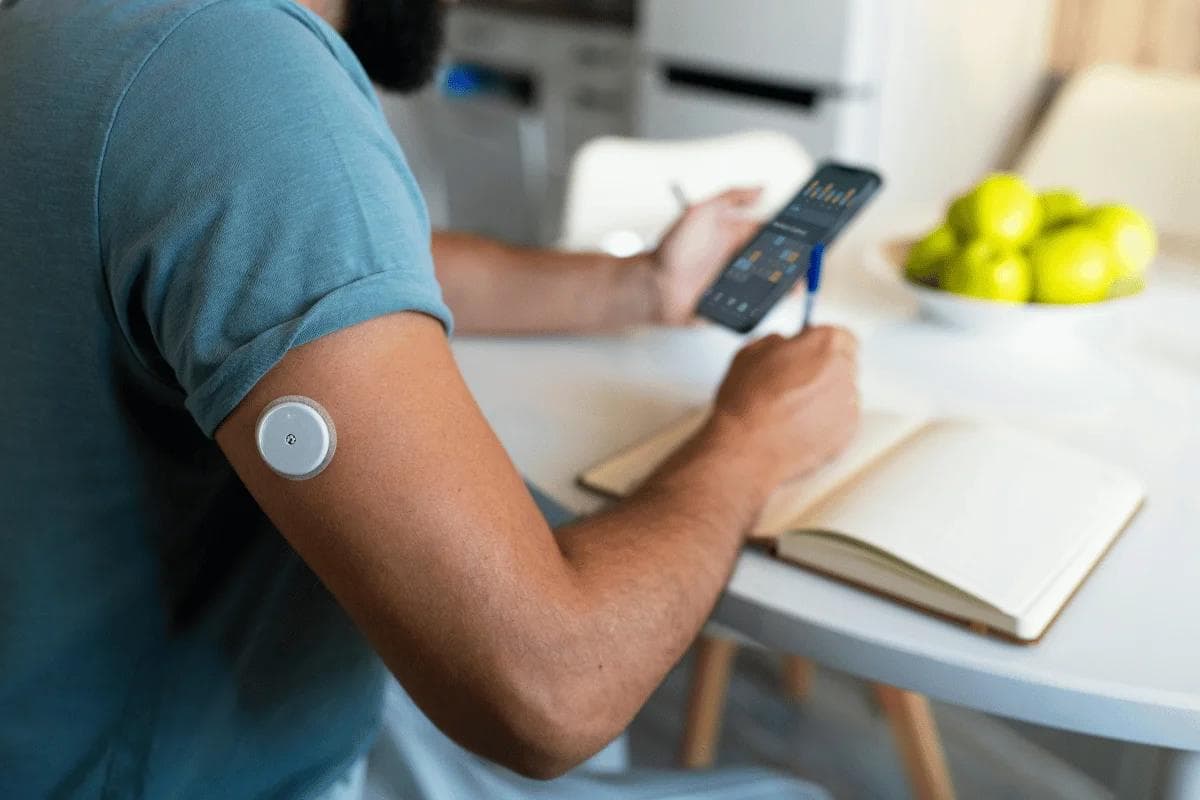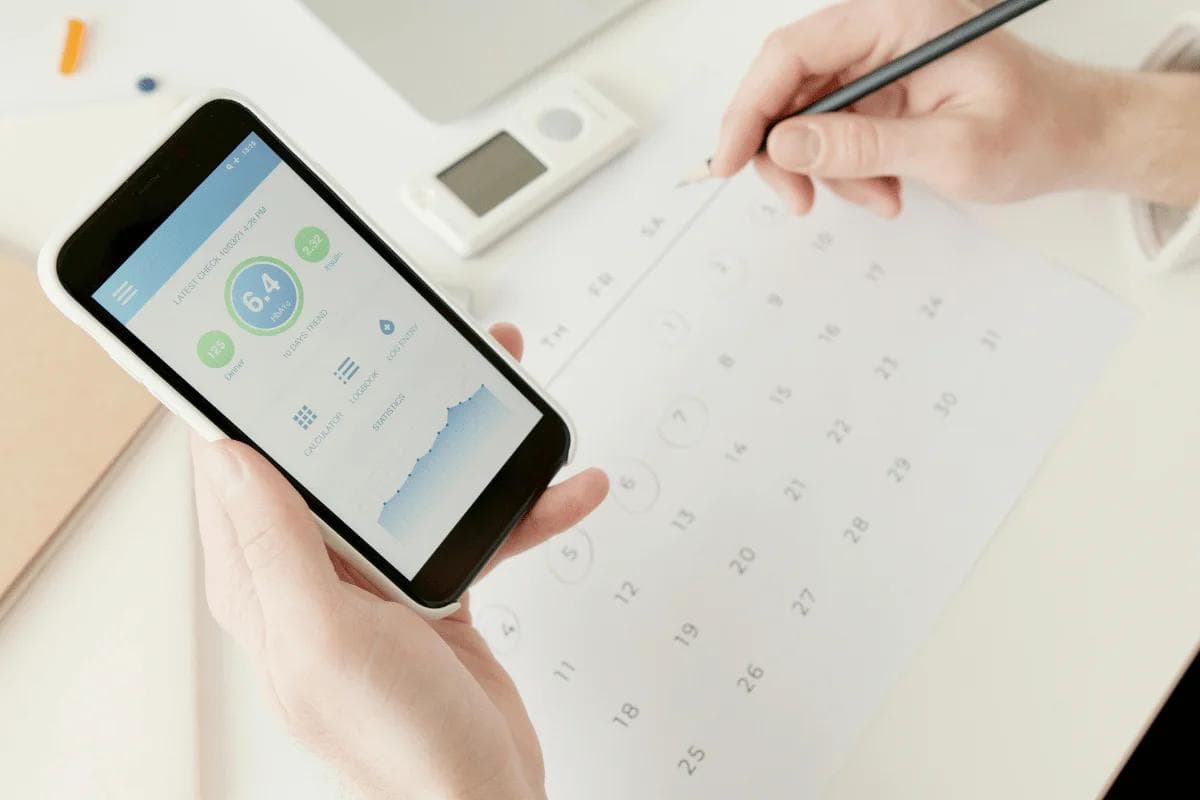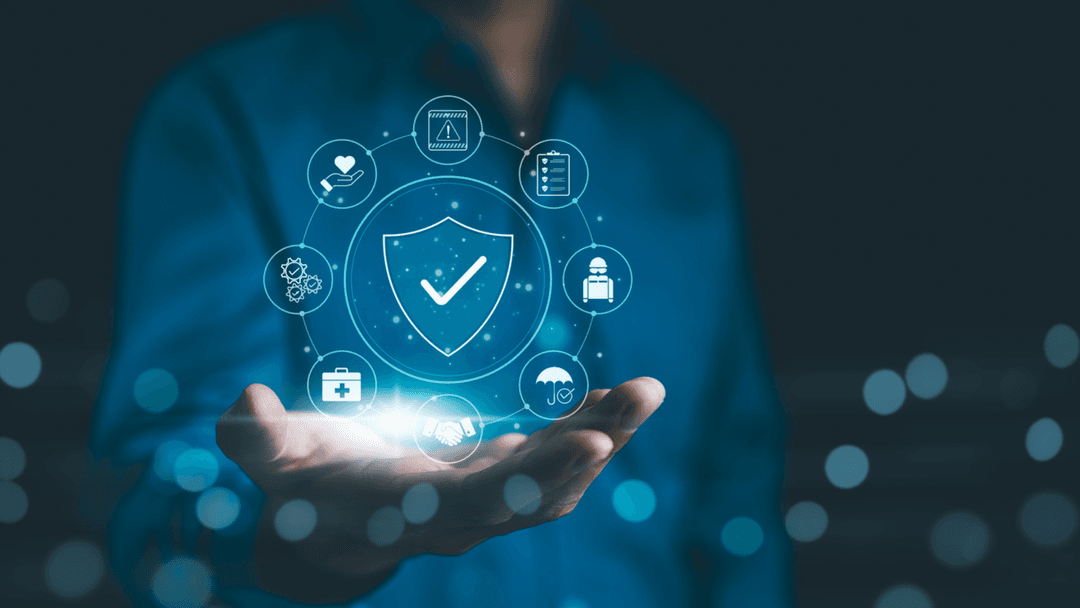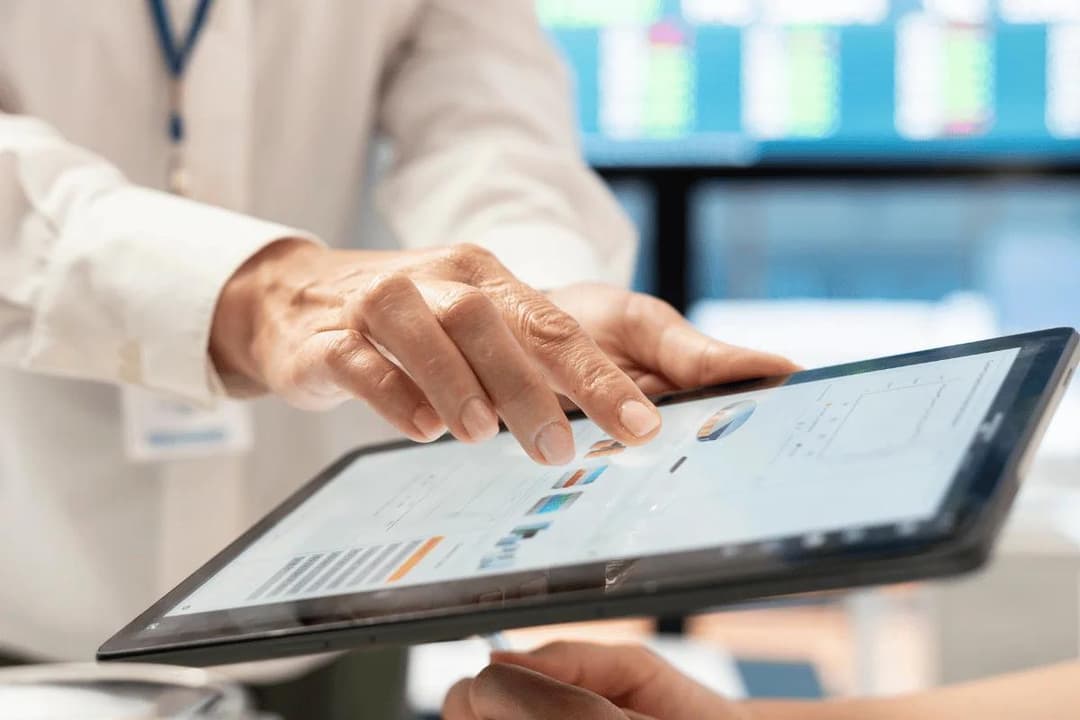
7 Best Remote Patient Monitoring Companies Ranked & Reviewed

Author
Digital health marketing professional with over 10 years of experience bridging clinical and wellness spaces by leveraging innovative technologies, behavioral change programs, and strategic digital marketing.
To run an effective remote patient care program, you need RPM devices, data aggregation and transmission capability, a secure portal/cloud platform, guardrails to ensure regulatory compliance, and a dedicated care team. Because of the many moving parts, it's nearly impossible for the average practice or clinic to do everything in-house. That’s why you will need strategic partnerships with remote patient monitoring companies. In this post, we'll highlight some reliable vendors you can turn to and cover the crucial features a good RPM company must have.
TL;DR - Top Remote Patient Monitoring Companies
Working solely with the best vendors is essential to ensuring superior health outcomes for your patients.
Below are the top remote patient monitoring companies we'll cover in this post:
- KangarooHealth
- CoachCare
- Xealth
- Dexcom
- Medtronic
- Accuhealth
- CareSimple
The ideal partner for you depends on your specific needs.
Nonetheless, when you want everything on one platform, consider
KangarooHealth. See how our comprehensive RPM solutions can help you drive better outcomes with our connected devices, clinical monitoring, and billing support.

What Is Remote Patient Monitoring (RPM)
Managing chronic lifestyle conditions like diabetes, hypertension, and heart failure requires continuous monitoring and assessment. Traditionally, patients have to take and record measurements manually and visit the provider's office in person for feedback or medication adjustments.
With remote patient monitoring, you can now use technology solutions to collect and transmit patient data directly from their homes. The process typically involves the following:
- Patients use RPM devices to measure vital signals.
- The devices automatically transmit the data to a cloud platform or to the patient's smartphone/tablet for onward transmission to a central portal/platform.
- The provider's RPM platform integrates the data.
- Care staff analyze the data.
- Care staff assess the patient's condition, provide feedback/education, adjust medication/treatment plans, schedule an in-person visit, or initiate a prompt intervention where there's an elevated risk of a complication.
The continuous monitoring and enhanced data visibility allow you to offer responsive personalized care, which can markedly improve outcomes for patients with such chronic conditions.

Why RPM Companies Are Critical to Modern Healthcare
Modern healthcare is steadily taking a value-based approach. Patients enjoy quality care, superior outcomes, and lower costs; providers benefit from significant operational efficiency gains and reductions in administrative stress.
It's a win-win situation.
Some central components of value-based care are patient-centricity, care coordination, cost efficiency, preventative care, and health equity. These factors are greatly enhanced when you can extend your reach beyond the clinic walls to serve your patients from their homes.
That said, the infrastructure required to provide this level of service is massive. Most clinics and practices cannot build and run such infrastructure independently. RPM companies solve this problem by allowing practices to plug into their existing RPM infrastructure, so you don't have to do everything independently.
Because RPM companies serve several providers simultaneously, they enjoy significant economies of scale. The result is significantly lower costs for both providers and patients.

Key Features to Look for in an RPM Company
What makes an ideal RPM company? The best partner will mostly depend on your needs.
Nonetheless, it helps to have a vendor with the following key features:
- A user-friendly platform: The service shouldn't require high digital literacy, given the fact that many patients will be older.
- Extensive condition coverage: You want to have coverage for hypertension, diabetes and pre-diabetes, obesity, cardiovascular disease, liver diseases, respiratory diseases, renal diseases, and mental health conditions, among others.
- Rural connectivity: The company should be able to roll out FDA-cleared RPM devices that can work in remote rural areas with unreliable or limited internet.
- Bidirectional communication capabilities: Two-way communication is essential. The platform should help your care team effectively communicate with patients in the RPM program.
- Alert prioritization capabilities: It must have a tiered alert system, so you can promptly escalate cases that need urgent attention.
- Regulatory compliance: HIPAA compliance and data security features should come standard in the RPM platform.
- Managed services: Do you want to outsource clinical monitoring? Do you serve a diverse population and need multilingual staff to support them? Some RPM companies offer managed services that include clinical monitoring staff fluent in multiple languages.
- Ongoing support: You want to lock in comprehensive after-sales service terms, including billing support, so you can easily handle reimbursements.

Top 7 Remote Patient Monitoring Companies
The RPM ecosystem is rapidly evolving, and several world-class companies have stepped up to offer innovative platforms, devices, and support services.
Let's explore some of the top companies in the space:
1. KangarooHealth

KangarooHealth is a leading player in remote patient care. Our platform helps providers deliver timely, tailored care to patients with chronic conditions, preventing critical complications and enhancing patient outcomes.
We were recognized by KLAS as one of the top-of-mind companies in 2024 in the virtual care space.
Aside from Remote Patient Monitoring, we also offer Remote Therapeutic Monitoring (RTM), Chronic Care Management (CCM), Principal Care Management (PCM), Advanced Primary Care Management (APCM), and Guiding an Improved Dementia Experience (GUIDE).
Our remote patient care solutions have been tested in several care settings since 2015 and proven quite effective. We've processed over six million physiological data points and logged over 200,000 monitoring hours, achieving 98% customer satisfaction and a 48% reduction in adverse events.
Schedule your free demo today and experience the benefits of our comprehensive RPM solutions firsthand.
2. CoachCare

CoachCare offers a comprehensive tech suite with most of the features you need for an effective RPM program, including outcomes alerts, claims documentation, and reimbursement features.
The company has helped serve over 150,000 patients, and its programs are available to both individual practices and large health systems.
With CoachCare, however, you'll rely mostly on your own staff to manage remote patient care. It doesn't offer licensed remote care clinicians to help monitor patients.
3. Xealth

If you are working with several RPM vendors, Xealth can be a lifesaver. The company helps providers centralize all their digital solutions so care teams don't have to log into different platforms to see patient information.
One of their core offerings is a centralized management platform where you can deploy new third-party vendors with a single integration. This way, your IT team doesn't have to start from scratch when onboarding new services.
Also, using Xealth to centralize all your digital health programs and assets within your Electronic Health Record makes measuring performance and tracking provider utilization much easier.
4. Dexcom

Dexcom manufactures some of the best continuous glucose monitoring systems. They integrate easily with EHRs and many RPM platforms.
At KangarooHealth, we primarily use a cellular glucometer to measure and automatically transmit blood glucose readings.
We favor cellular glucometers because they don't require patient-provided internet and can work effectively even in remote rural areas without reliable connectivity. That said, we integrate seamlessly with Dexcom, our preferred third-party continuous glucose monitor.
5. Medtronic

Medtronic has a wide range of medical devices to help you remotely manage chronic conditions like diabetes and cardiac conditions.
It is especially excellent in cardiac RPM. Its cardiac devices with remote monitoring capabilities include:
- Pacemakers
- Implantable Cardioverter Defibrillators (ICDs)
- Cardiac Resynchronization Therapy (CRT) devices
The company also has its own RPM platform called CareLink Network.
That said, the RPM platform is heavily linked to their device manufacturing business. If you need a device-agnostic platform that can work with most device vendors, KangarooHealth may be the better option.
6. Accuhealth

Accuhealth, now powered by Tellihealth, offers a robust remote patient monitoring solution that can seamlessly integrate with your Electronic Health Record.
The company serves all 50 states, including Alaska and Hawaii. Its platform promises to help providers achieve better health outcomes, lower healthcare costs, and improve patient experience.
Accuhealth's operational model, however, may be ineffective at addressing the unique challenges rural healthcare providers face.
7. CareSimple

Weight management is vital when managing chronic conditions. CareSimple's line of RPM weight scales has built-in cellular transmission capabilities - no Wi-Fi, app-pairing, or Bluetooth required.
You can reliably use these weight scales for patients under various RPM programs, including Type 2 diabetes, obesity, and Congestive Heart Failure (CHF).
CareSimple also runs an RPM platform. However, its platform-specific integration limitations make it inadequate when you want to use devices your patients are already familiar with.
How to Choose the Right RPM Partner for You
So, how do you select the best RPM provider?
You will need a partner who can seamlessly fill your practice's infrastructure and expertise gaps to help you achieve your care delivery goals.
However, you must contextualize your needs and starting point before reaching out to potential candidates. Here's how to go about this phase:
- Define program goals: Which conditions do you want to monitor? What are your desired health outcomes? What are the demographics of your patient population? Your goals can help you shortlist suitable vendors.
- Assess current resource gaps: Are there any budget, IT infrastructure, or staffing gaps you need help with? Some RPM companies offer managed services with their own staff to monitor patients.
- Clarify workflows and patient engagement strategy: It helps to have clarity on how the RPM program can integrate with your workflows. Do you need to redefine workflows? How about staffing roles? What level of engagement can you support?
With greater clarity on your needs and starting point, you can now begin to evaluate remote patient monitoring solutions. You can develop a checklist of key features you are looking for and compare vendors against it.
Narrow it to some great candidates and request detailed walkthroughs/demos of their platforms and services. You should be able to make a decision after that.
Ultimately, the goal is to provide superior patient outcomes. Therefore, the company should be able to demo its services and platform from both the provider and patient perspectives.
At KangarooHealth, we ensure both your patients and care team are adequately equipped for a successful RPM program. We handle device selection, procurement, and distribution, and provide comprehensive patient education.
Our platform is also designed to prevent provider overwhelm by managing alerts with tailored escalation protocols. It ensures you receive alerts in a tiered, actionable format, allowing you to focus your time and energy on delivering high-quality care.
Connect with us today, and our team will walk you through how our platform, devices, integrations, and workflows can fit your setting.

Mistakes to Avoid When Choosing a Remote Patient Monitoring Company
Aside from developing a checklist of features to look for, it also helps to know what not to do when looking for the right partner for you. This way, you'll avoid missteps that can cost you time and money.
You want to avoid the following common mistakes when choosing a remote patient monitoring company:
- Failing to articulate your goals and RPM needs: This may lead to investing in a solution that's unfit for you, leading to operational inefficiencies, underutilization, and patient/staff dissatisfaction.
- Ignoring Electronic Health Record (EHR) integrations: It leads to significant workflow burdens, fragmented data, missed alerts, and general operational inefficiency.
- Ignoring patient usability: The devices and platforms should be user-friendly, as most patients won’t prefer a steep learning curve. Poor usability causes low patient engagement and compliance.
- Ignoring compliance issues: You’ll be transmitting and handling sensitive patient data at scale. Overlooking data security and HIPAA compliance in an RPM platform can lead to legal problems that can dent your reputation and even affect your ability to operate.
- Not streamlining reimbursement: Without general billing and reimbursement features, you'll be unable to efficiently track and bill for health services rendered, affecting the financial viability of the RPM program.
Also, you should choose a provider with a verifiable track record. When in doubt, ask for references and speak with current clients of the RPM vendor.

Frequently Asked Questions (FAQs)
Before we conclude, let's answer some of the common questions we get about remote patient monitoring:
Is Remote Patient Monitoring Worth It?
Remote patient monitoring is not only beneficial, but it's also proven to be a necessary part of providing value-based care. Centers for Medicare and Medicaid Services (CMS) also recognises this reality, and that's why it's built CPT codes and streamlined reimbursement processes.
Also, RPM can help your bottom line. For example, a study estimating the program cost of an RPM program for hypertensive patients at NYU Langone
Health saw an estimated 22% positive return on investment.
Are RPM Services Covered by Medicare or Insurance?
Yes, Medicare covers RPM for patients with chronic or acute conditions that require monitoring.
Many private insurance companies also offer coverage, but their policies may differ from those of Medicare.
What Type of Devices Are Commonly Used in RPM?
RPM programs, depending on the patient's condition, usually rely on the following devices:
- Thermometers
- Weight scales
- Lung monitors
- Pulse oximeters
- Blood pressure monitors
- Electrocardiogram devices
- Medication adherence devices
- Glucometers (blood glucose monitors)
- Wearable devices like smartwatches and patches
These devices should have connectivity and data transmission capabilities.
What Training Do Clinicians Need to Use RPM Systems?
You and your care staff need to be proficient in the various aspects of delivering effective remote patient care. You’ll need to master:
- Patient selection criteria and processes
- How to effectively use your selected RPM platform
- RPM device operation, troubleshooting, and maintenance
- How to interpret incoming patient data
- How to engage and communicate with patients in an RPM setting
- How to manage billing and reimbursements
- Regulatory and compliance issues
- Data security
How Often Is Patient Data Updated in RPM Platforms?
You should aim for real-time data transmission and updates. You want to be able to provide timely interventions in case a patient has a serious complication.
KangarooHealth provides tiered alerts to ensure you are always on top of severe cases that need immediate escalation.
Conclusion
The RPM ecosystem now has several world-class remote patient monitoring companies offering devices, cloud platforms, billing support, and tech support, among other products and services.
To streamline operations and guarantee better patient outcomes, it's best to find a one-stop shop. KangarooHealth offers a complete, plug-and-play solution that includes a robust RPM platform, device selection and distribution, patient enrollment, and CMS-compliant billing.
Schedule your free demo of KangarooHealth's all-in-one platform today to enhance care delivery and effortlessly drive revenue growth.

Sesily Maness
AuthorDigital health marketing professional with over 10 years of experience bridging clinical and wellness spaces by leveraging innovative technologies, behavioral change programs, and strategic digital marketing.
Other articles you might find interesting

Remote Patient Monitoring (RPM) brings care into patients’ homes, giving providers continuous insight into health, strengthening connections, and enabling early interventions before small issues become serious. With growing adoption and Medicare reimbursements topping $500 million in 2024, oversight and compliance are more important than ever. Strong RPM programs, like those supported by KangarooHealth, combine clinical integration, clear documentation, and patient engagement while avoiding common pitfalls such as enrolling patients without an established relationship, overusing devices, or treating monitoring as passive. When thoughtfully implemented and paired with programs like Chronic Care Management (CCM), RPM delivers meaningful outcomes for patients with chronic conditions and supports rural and underserved communities while ensuring programs remain compliant and patient-centered.

Chronic Care Management goes beyond traditional treatment, ensuring continuous, personalized support for patients. Discover its benefits, long-term impact, and evolving role in healthcare.

Wondering how CCM and RPM work together? This blog breaks down their roles, benefits, and the strategies to successfully implement combined programs in healthcare.